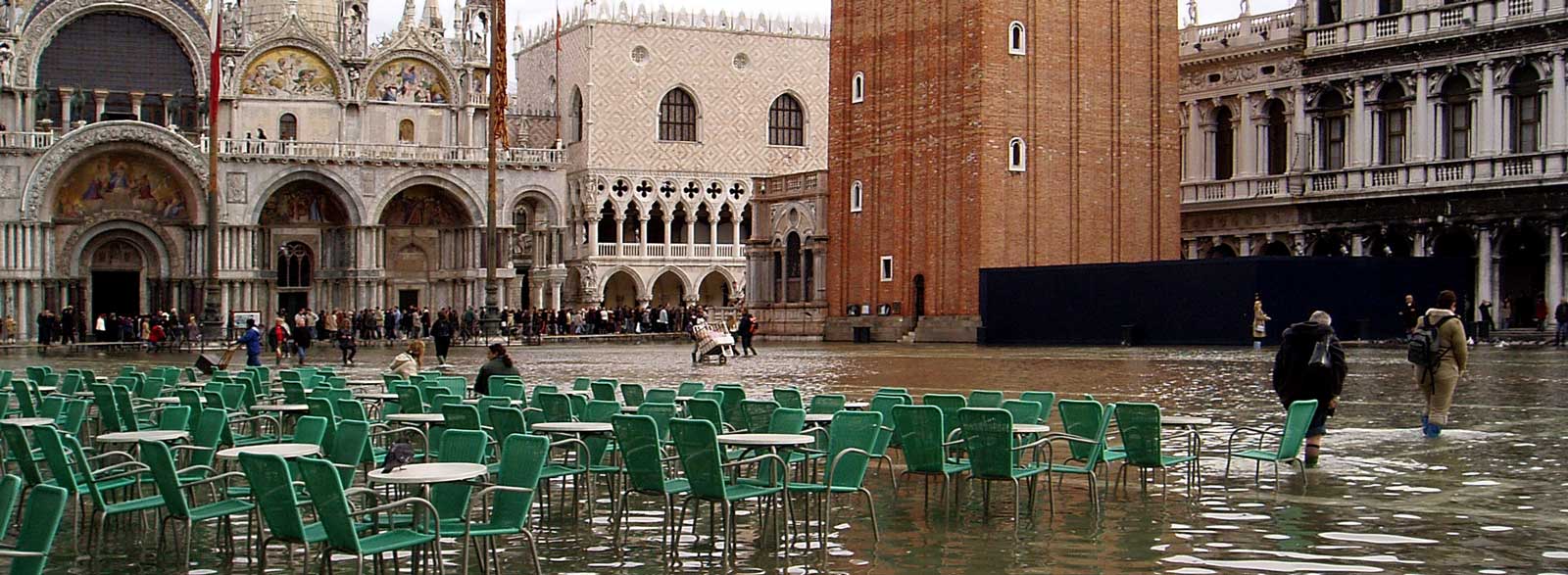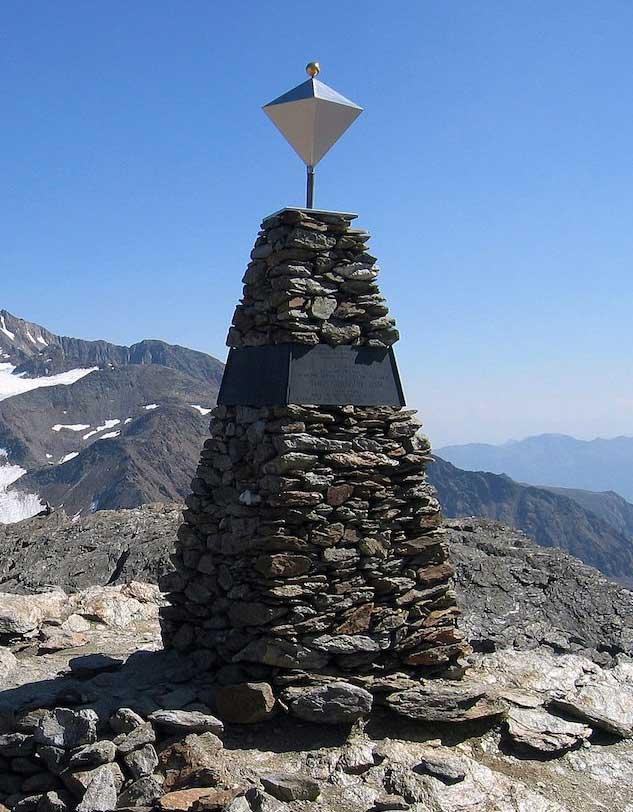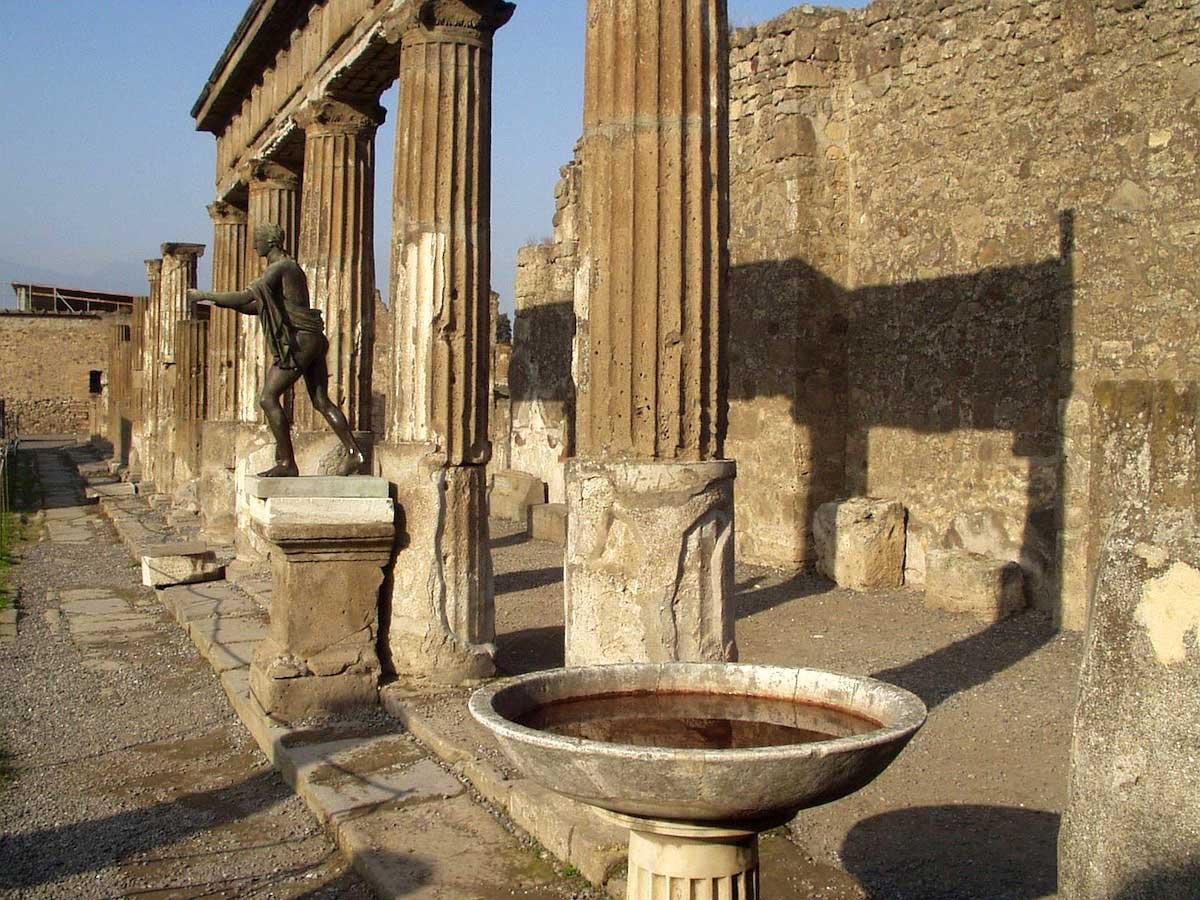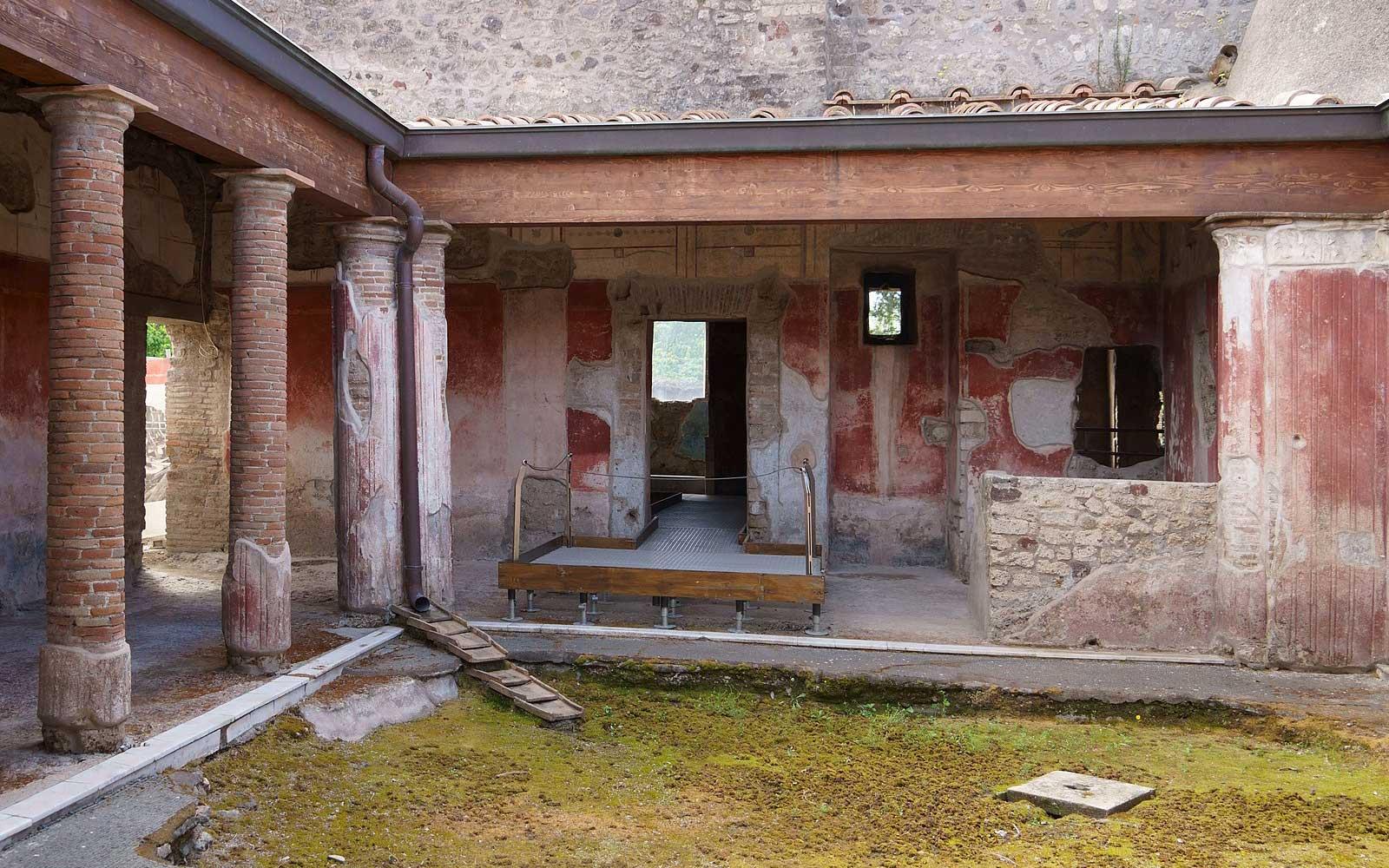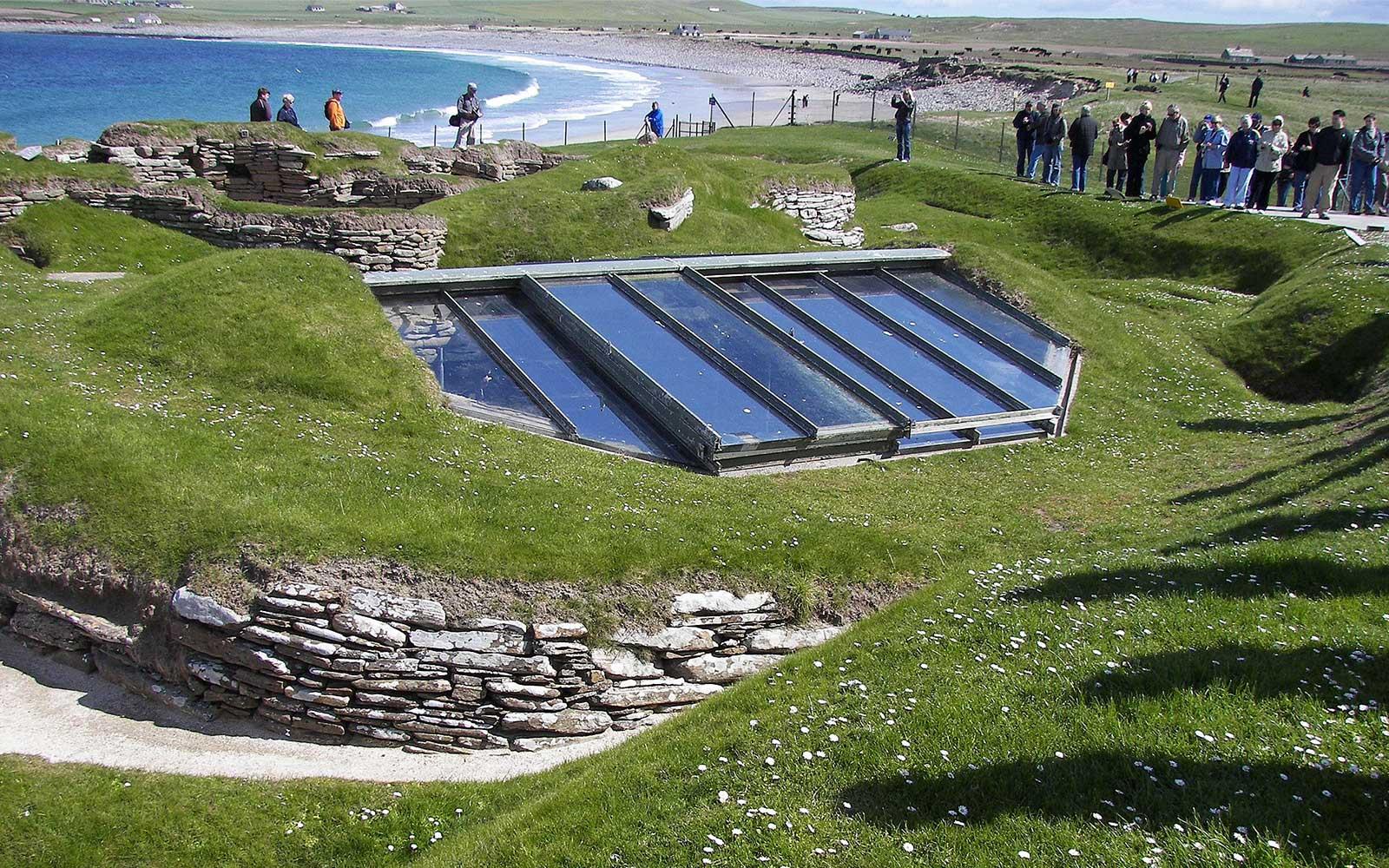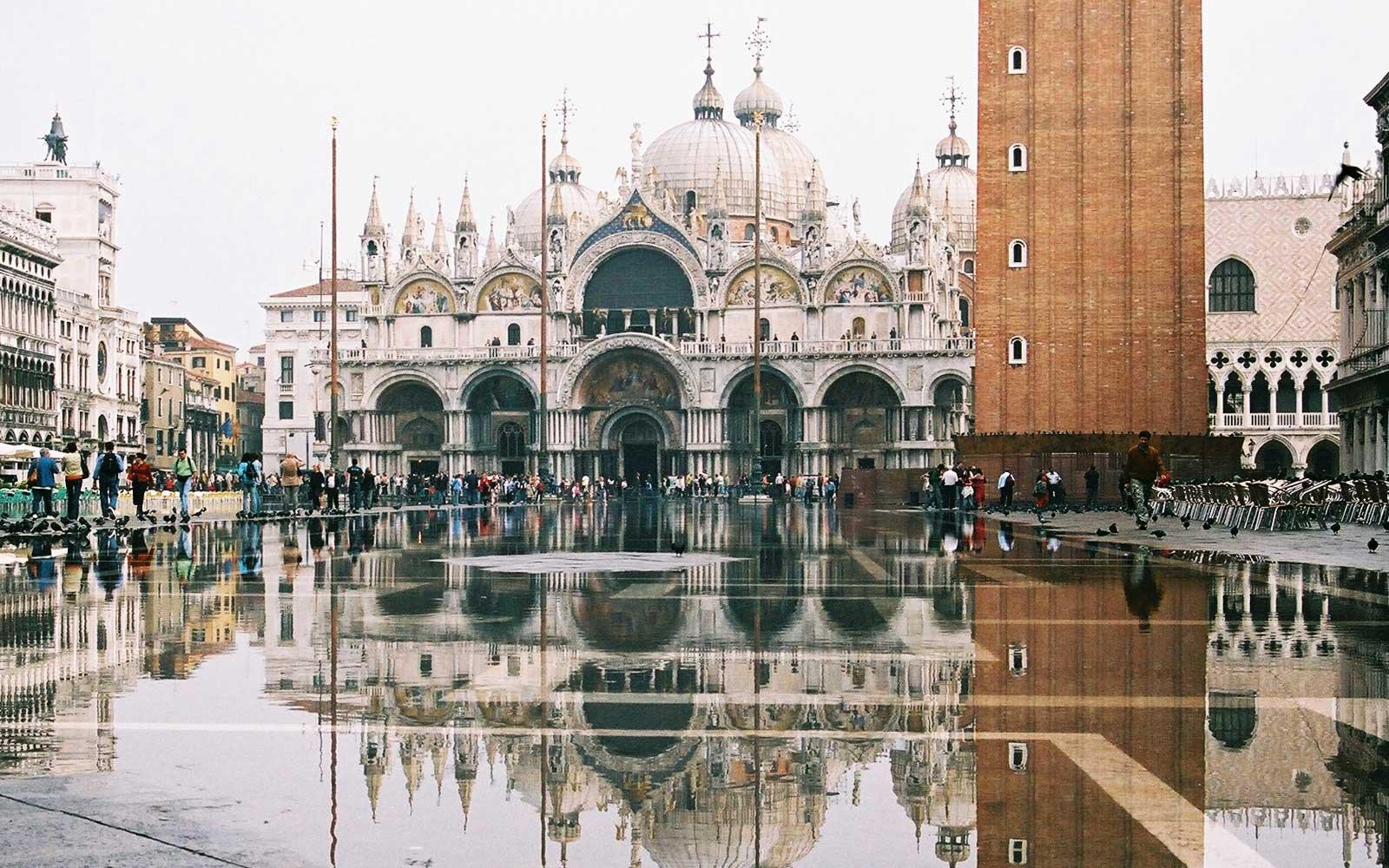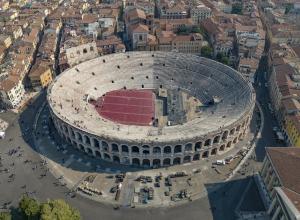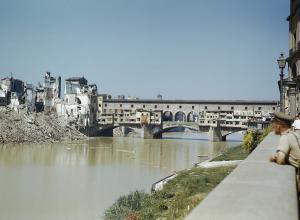As we move steadily closer to inhabiting a world warmer than 1.5 degrees Celsius above pre-Industrial levels, it is increasingly clear that every aspect of human life is either already feeling or will very soon feel the ravages of a hotter climate. Changes in global climate patterns have already shown how devastating they can be under the 1.5 degree threshold, displacing tens of millions of people worldwide. The threat to our present and future global society is painfully apparent, however, the archaeological structures and artifacts of our global past stand to be a victim of the climate crisis as well.
For decades now, the international scholarly community has been crying out against the onrush of catastrophes approaching humankind’s historic archaeological sites, both known and unknown, due to shifting climates. Floods, wildfires, droughts, and storms are becoming more prevalent, more violent, and more widespread accelerating the deterioration and destruction of archaeological remains faster than professionals and scholars can document or save them.
This is not to say, of course, that environmental dangers of destruction have never been an issue at archaeological sites before. In fact, some ancient ruins have only survived to us today exactly because of destructive natural phenomena. Pompeii, the ancient Roman city preserved under seven meters of volcanic material after the deadly eruption of Mount Vesuvius in 79 CE, is a prime example.
Coastal erosion, rainfall, wind, seismic activity, floral and faunal encroachment as well as continuous human habitation have all posed continuous threats to or have already destroyed countless sites over the course of human history. What is different now, however, is the accelerated pace of climate change directly influencing the intensity of natural weather patterns or the introduction of entirely new threats to environments unprepared for them. From Japan to Greece, Greenland to Colorado, no part of the human inhabited earth is unaffected.




